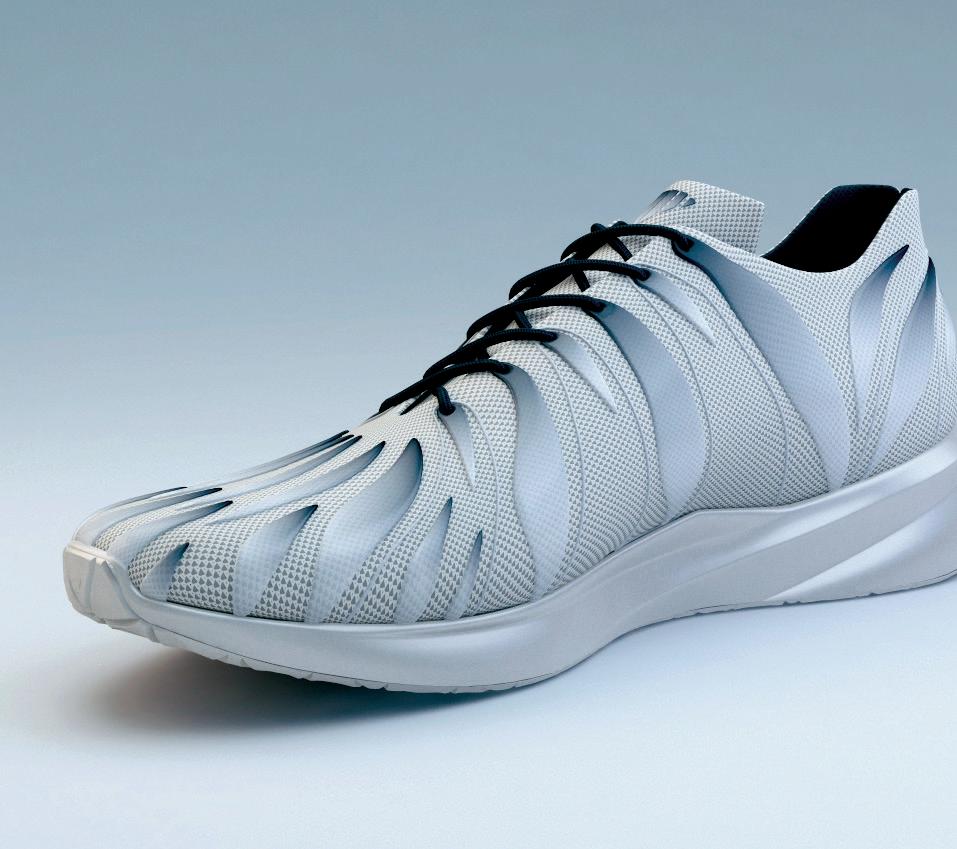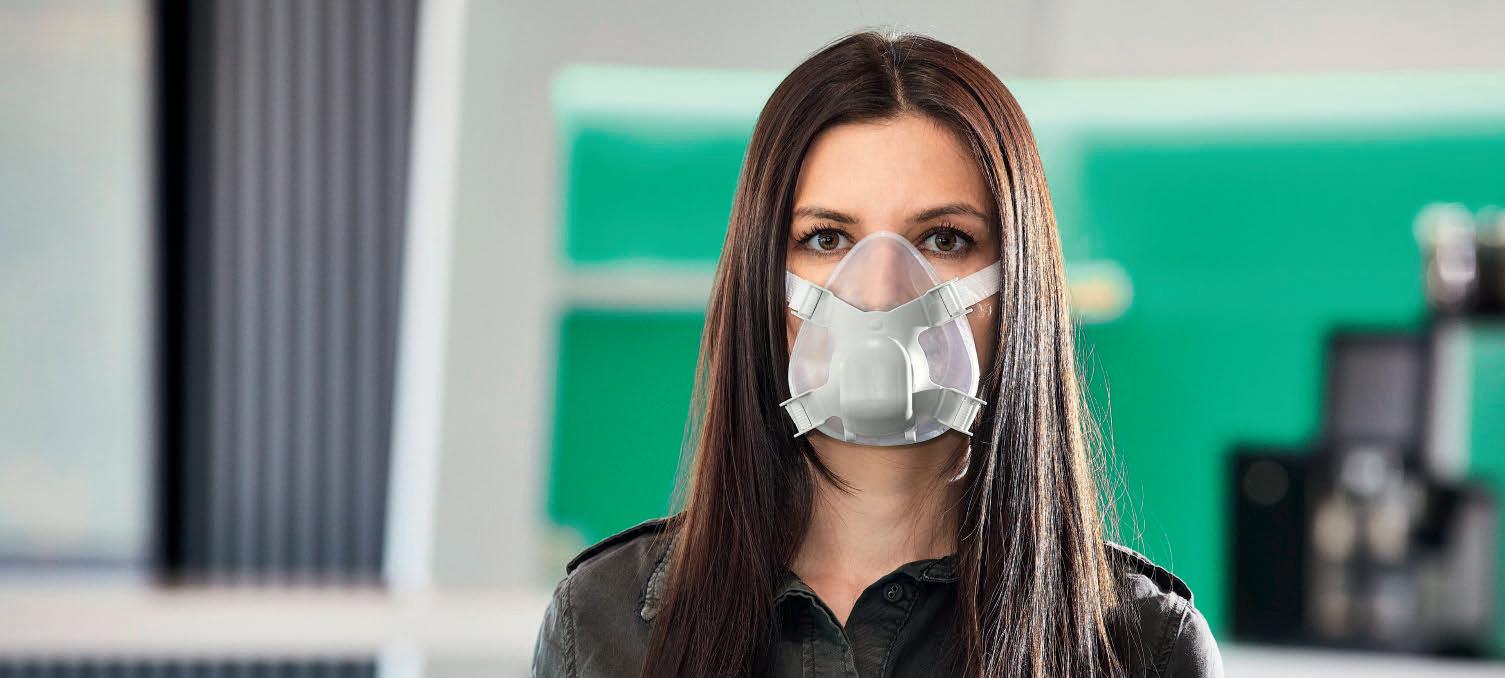PROFESSIONAL AM
SMALL-FORMAT,
BIG POTENTIAL I
n the summer of 2017, Formlabs announced its plans to replicate the success it had in bringing desktop Stereolithography platforms to market with Selective Laser Sintering (SLS). It was a significant development that saw Formlabs join Sinterit and Sintratec in supplying an SLS system in the sub-$20k price range. Four years on, the Fuse 1 – as with other ‘office-friendly’ SLS platforms – is now well-established on the market. So, where do the opportunities lie for the technology, what are its limitations and are the machines really suitable for the office?
MACHINIST MOTIVATION Though Formlabs’ entry into smallformat SLS captured the attention in 2017, the pioneers of the ‘office-friendly SLS’ movement came in the form of Sintratec and Sinterit two years earlier. The former brought to market the Sintratec Kit (and has since launched the S1 and S2 systems), while the latter launched its Lisa platform (with the Lisa Pro and NILS 480 following). Sinterit was founded by a trio of engineers – including CTO Michał GrzymałaMoszczyński – to address some of the problems it had identified in the design and manufacturing space. The solutions to those problems have come in the form of the Lisa for prototyping and
WORDS: SAM DAVIES
education and the Lisa Pro for functional prototypes and research, both of which fall under the $20k price banner, with the recently launched NILS 480 addressing industry needs. Across all three models, the company has installed 1,000 units.
“Our goal was to make Selective Laser Sintering available to a wide range of users,” Grzymała-Moszczyński tells TCT. “We were trying to answer the needs of other engineers, working on commercial projects, as well as science. We discovered that SLS is a missing puzzle for other branches, from medicine to research, automotive to electronics. It was the right direction. As you can see, other companies followed us designing their own compact SLS systems.” Though it took Formlabs sometime longer to execute its SLS R&D efforts, the company has made significant strides this year, attracting the interest of Brose, Hypertherm and Partial Hand Solutions after the launch in January. Starting from around $18,499, the Fuse 1 is said to be designed for minimal upkeep and uses patent-pending Surface Armor technology to combat the ‘orange peel’ surface texture problems often
associated with SLS. It is also supported by a materials portfolio that includes PA 12 and PA 11, as well as the PreForm print preparation software, which Jacob Wilson at Additive-X – a Formlabs reseller – suggests is a key selling point because of its familiarity with customers. Such familiarity has certainly seen Fuse 1 users put the machine to good use per the company’s Engineering Business Product Lead Kathy Bui. “The type of customers that we’ve gotten for the Fuse has been largely for end use parts,” she explains. “We have a decent amount of healthcare customers who are using this for prosthesis and orthotics and then we also have people who are making limited run production of parts. We’re seeing more and more people use SLS for actual production and not just prototyping.” ‘MORE THAN A MAYBE’ Despite the launch of the NILS 480 representing a step towards more ‘industrial’ applications, one of Sinterit’s most renowned users is Rawlplug – the company known for developing the world’s first wall plug – who has deployed the machine to meet its prototyping needs. By bringing 3D printing in-house, the company has reduced the lead time for its
SHOWN: PARTS PRINTED WITH THE FORMABS FUSE 1
VOL 7 ISSUE 5 / www.tctmagazine.com / 027











